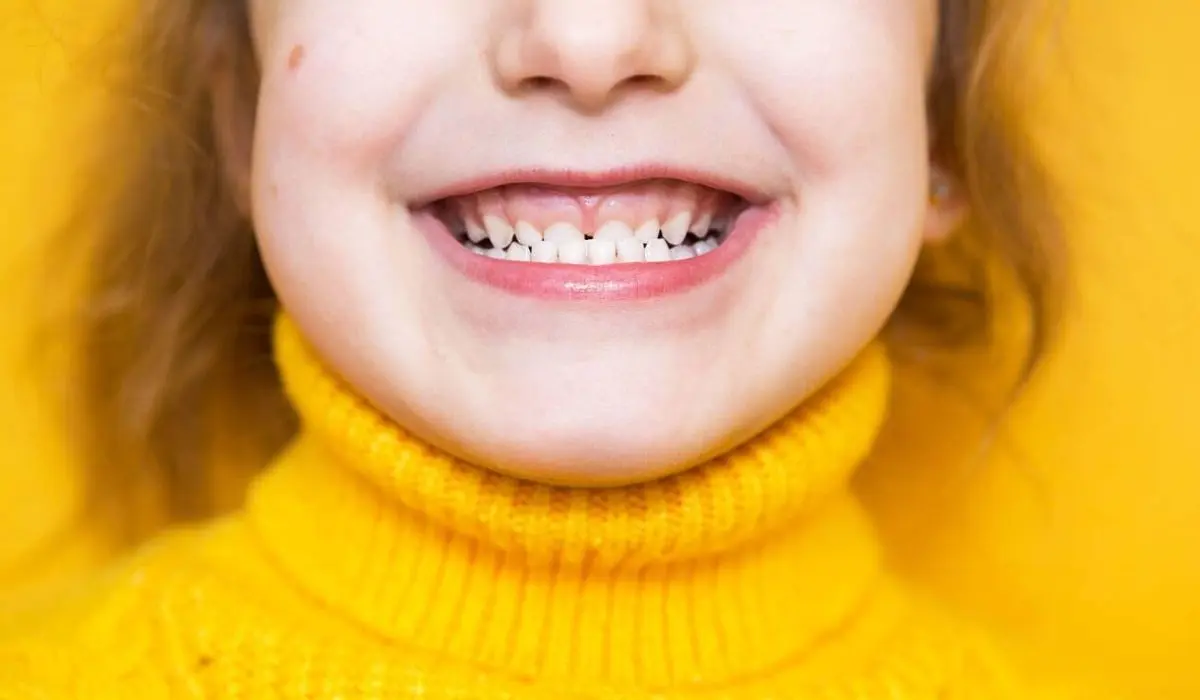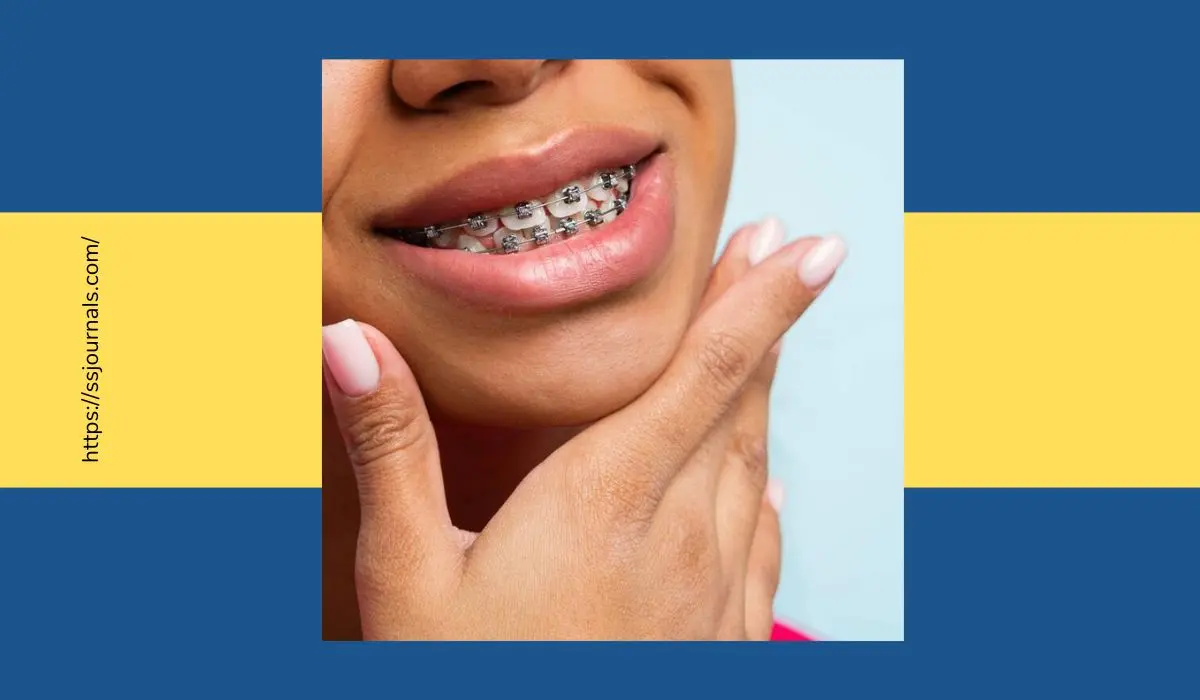An overbite, or deep bite, refers to an excessive vertical overlap of the front upper teeth over the lower teeth. A small overbite of 2-4 mm is normal but larger overlaps may require correction. Both nonsurgical and surgical options exist to fix an overbite for improved alignment and function.
What Is An Overbite?
An overbite is when the upper front teeth substantially overlap the lower front teeth when biting down. Up to 30% of people have some degree of excessive overbite.

This misalignment is classified as:
Overbites narrow the airway space and put a strain on the jaws. Correcting an overbite not only improves the appearance but alleviates pain and breathing issues.
Causes Of Overbite
Common causes include:
Genetics –
Inherited jaw structure and growth patterns play a major role. Overbites tend to run in families.
Thumb sucking –
Prolonged thumb sucking as a child can push the front teeth forward and force the lower jaw back.
Tongue thrusting –
Habitually pushing the tongue against lower teeth pushes them backward over time.
Missing teeth –
Loss of back teeth allows unopposed front teeth to elongate and deepen overbite.
TMJ dysfunction –
Jaw joint disorders can alter the alignment and bite over time.
Oral habits –
Clenching, grinding, nail-biting, and lip or cheek-biting affect alignment.
Respiratory issues –
Mouth breathing lowers tongue position, protrudes lower jaw.
Poor resting posture –
Sleeping with an open mouth lets your jaw slide back.
Early loss of baby teeth –
Can cause permanent teeth to erupt out of position.
Some orthodontic treatments –
Headgear appliances or premolar extractions.
How To Fix Overbite Naturally?
For mild-moderate overbites under 5mm, nonsurgical corrections include:
1. Orthodontic aligners
Clear aligners like Invisalign can gently shift teeth’ position over time. More effective for small overbites.
2. Oral myofunctional therapy
Exercises strengthen and retrain tongue and facial muscles to close gap.
3. Improved oral posture
Consciously keeping teeth lightly together and lips sealed trains muscles.
4. Dental splint/nightguard
Worn at night to keep overbite from worsening as you sleep.
5. Chew gum
Strengthens jaw muscles and helps retrain neuromuscular patterns.
6. Habit correction
Stop any thumb-sucking, nail-biting, or tongue-thrusting habits.
7. Growth modification
Dentofacial orthopedics guides jaw growth in children if caught early.
8. Diet adjustment
Avoid excessively hard or chewy foods that worsen overbite.
9. Physical therapy
Stretches and massage help relax tight jaw muscles.
10. Home remedies
Warm compresses, aloe vera, and oils soothe pain.
Exercises To Fix Overbite
Some beneficial exercises include:
– Chewing gum – Strengthens masseter muscles.
– Tongue presses – The tongue on the roof of the mouth resists pushing lower teeth back.
– Lip seals – Lips gently together to train proper rest position.
– Chin tucks – Posture exercise brings the lower jaw forward.
Diet For Overbite Correction
Avoid excessive chewing of hard foods that worsen overbites. Eat soft foods, take small bites, and chew evenly on both sides. Proper nutrition supports dental development in children.
Home Remedies for Overbite
| Warm compress | Relieves jaw tension from strain. |
| Massage | Relaxes tight jaw muscles. |
| Aloe vera gel | Reduces inflammation on irritated oral tissue. |
| Peppermint oil | Applying diluted oil relieves soreness. |
When To See A Doctor For Overbite
See an orthodontist if overbite:
– Exceeds 3-5 mm vertical overlap past age 7
– Causes speech or chewing problems
– Worsens with shifting teeth over time
– Causes jaw pain or discomfort
Surgery For Overbite Correction
For substantial overbites, orthognathic surgery may be required to fully correct misalignment. Procedures include:
– Lower jaw advancement – Pulls the jaw forward.
– Upper jaw reduction – Pushes entire upper jaw back.
– Segmentalization – Rearranges segments of the jaw.
Prevention Of Overbite
Habit prevention like curbing thumb sucking in children, combined with early orthodontic intervention, helps prevent moderate-severe overbite development. Genetic overbites cannot be prevented fully.
FAQs
Early correction between ages 7-10 has the highest success before jaw growth is complete. Mild cases can be treated in adults.
Yes, misalignment can worsen with age as teeth shift, especially if teeth are missing. Prompt correction is ideal.
It depends on the plan. Most at least partially cover orthodontics. Surgery may not be covered depending on the degree of medical necessity.
Moderate-severe overbites can impede the proper pronunciation of certain sounds like s, t, d, n, l. Correction helps.
Mild overbites under 5mm may be corrected with aligners. More severe overbites usually require braces and sometimes jaw surgery.
Conclusion
Treating overbites properly at a young age can prevent worsening bite misalignment. While surgery is sometimes necessary, nonsurgical interventions like braces combined with improved oral habits and posture can successfully correct many overbites and enhance both smile aesthetics and function.

